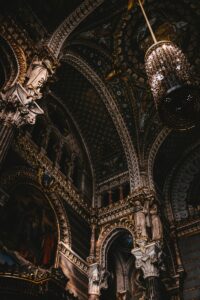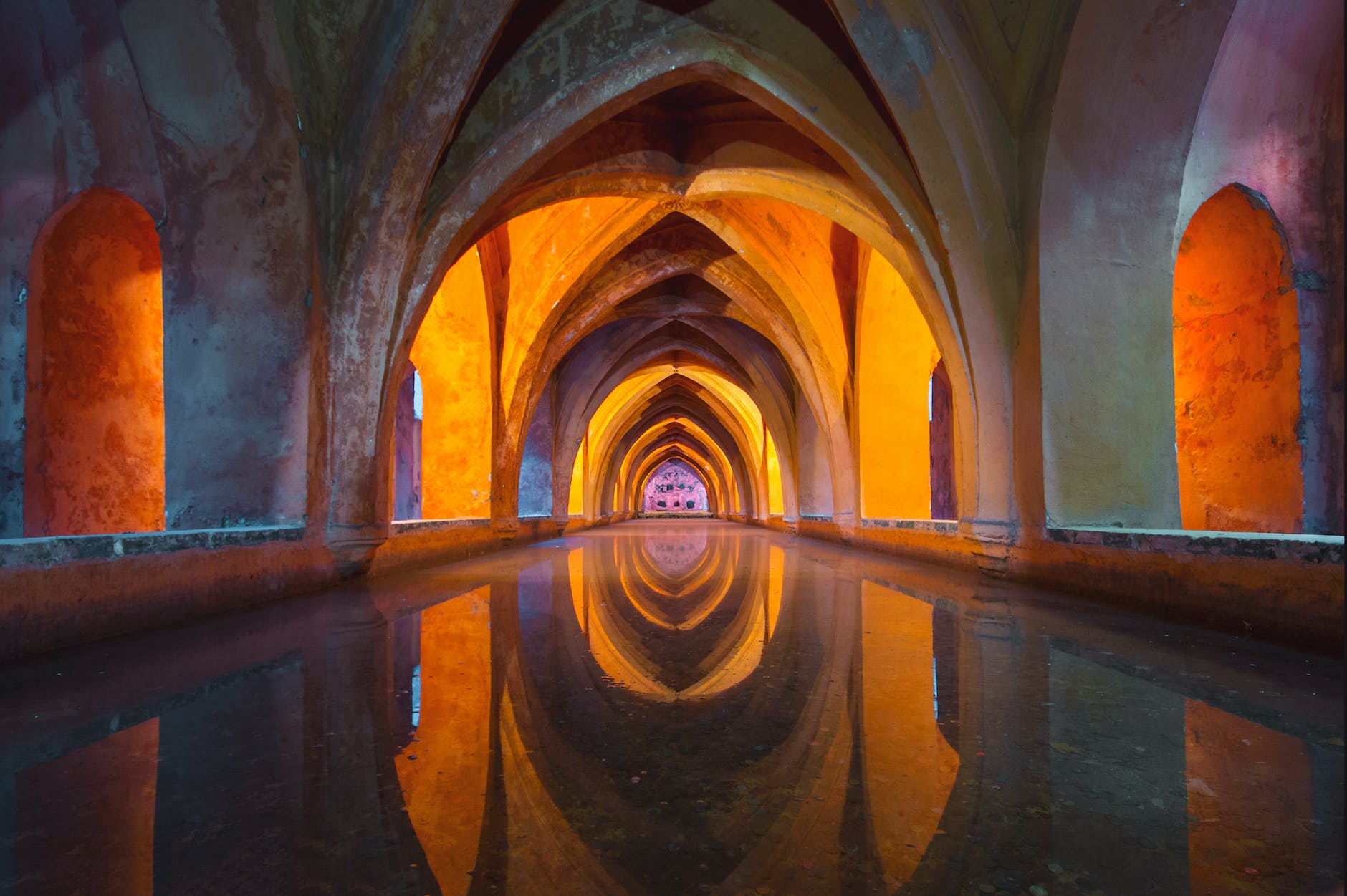Architecture is a multifaceted discipline that encompasses more than just the creation of buildings. It is an art form that has the power to inspire and evoke emotions. Churches, in particular, hold a special place in architectural design as they serve as spaces for spiritual teachings and worship. Today, we will go into the beauty of architectural design in churches and explore how it enhances the spiritual experience for the congregation.
Section One: History of Church Architecture

The history of church architecture design dates back to the early years of Christianity. The first churches were simple structures that were not meant to last long. However, over time, as Christianity spread throughout Europe, the architectural design of churches became more elaborate, and many of the world’s most famous structures were built. The Gothic style is perhaps the most well-known, as it features pointed arches, ribbed vaults, and flying buttresses. This style was popularized in the 12th century and can be seen in famous examples like Notre Dame Cathedral in Paris.
But if you are a Christian, you know that the first church architecturally ever design was actually written in the Bible. During Moses’ times, the Tabernacle was created. In the book of Exodus, it was recorded what material was used, the dimensions of the spaces, and the uses of the space (which what we call occupancy today). King Solomon, even rebuilt the temple to create a sacred space.
However, the beauty of church architecture is not limited to building tent, structure, or Gothic style. There are many other styles, such as Baroque, Rococo, Romanesque, modern, and contemporary, each with its unique features. The key is that the architectural church design reflects the cultural, social, and religious values of the time.
Section Two: Enhancing the Spiritual Experience

Church architecture design is not just about aesthetics; it also plays an important role in enhancing the spiritual experience of the congregation. For example, high ceilings, stained glass windows, and intricate carvings can create a sense of reverence and awe. The design can also be used to guide the congregation’s focus towards the altar, where the central religious rituals take place. But the most important key for the church is the sacred space. A space where relationship with God created.
Rather than a building or tent, the Tabernacle is more about the sacred space. It was all about the uses of the spaces. There’s a lot of stories in the bible, where the character literally created a space to communicate to God. A sacred space.
Daniel in the corner of his home, Jacob putting stones together as symbol, David in the field where we played his harp, King Solomon’s construction of the temple, Jonah in the belly of the fish, John the Baptist who lives in the desert, and Jesus Christ at the field where people are just around him listening.
Additionally, the use of light can create a sense of openness and calmness, allowing for reflection and meditation. The acoustics of the building are also essential, as they can affect the way the congregation experiences music and prayer especially in this modern times.
Section Three: Examples of Beautiful Church Architecture

There are countless examples of beautiful church architecture around the world. One example is , one of my favorite basilica, the Sagrada Familia in Barcelona, Spain. This Basilica is a UNESCO World Heritage Site and features a unique blend of Gothic and Art Nouveau styles. Another example is the St. Peter’s Basilica in Vatican City, which is the largest church in the world and features a stunning domed ceiling and intricate marble work.
Other notable examples include the Westminster Abbey in London, the Duomo in Florence, and the Cathedral of St. John the Divine in New York City. Each of these structures is a testament to the power of architectural design in enhancing the spiritual experience.
The beauty of architectural design in churches is a testament to our human desire for spiritual connection and artistic expression. From the earliest churches to the most modern structures, the design reflects not just the cultural, social, and religious values of the time but the relationship created between human and to God. When done well, the architectural design can enhance the spiritual experience of the congregation and create a timeless piece of art for generations to come.

